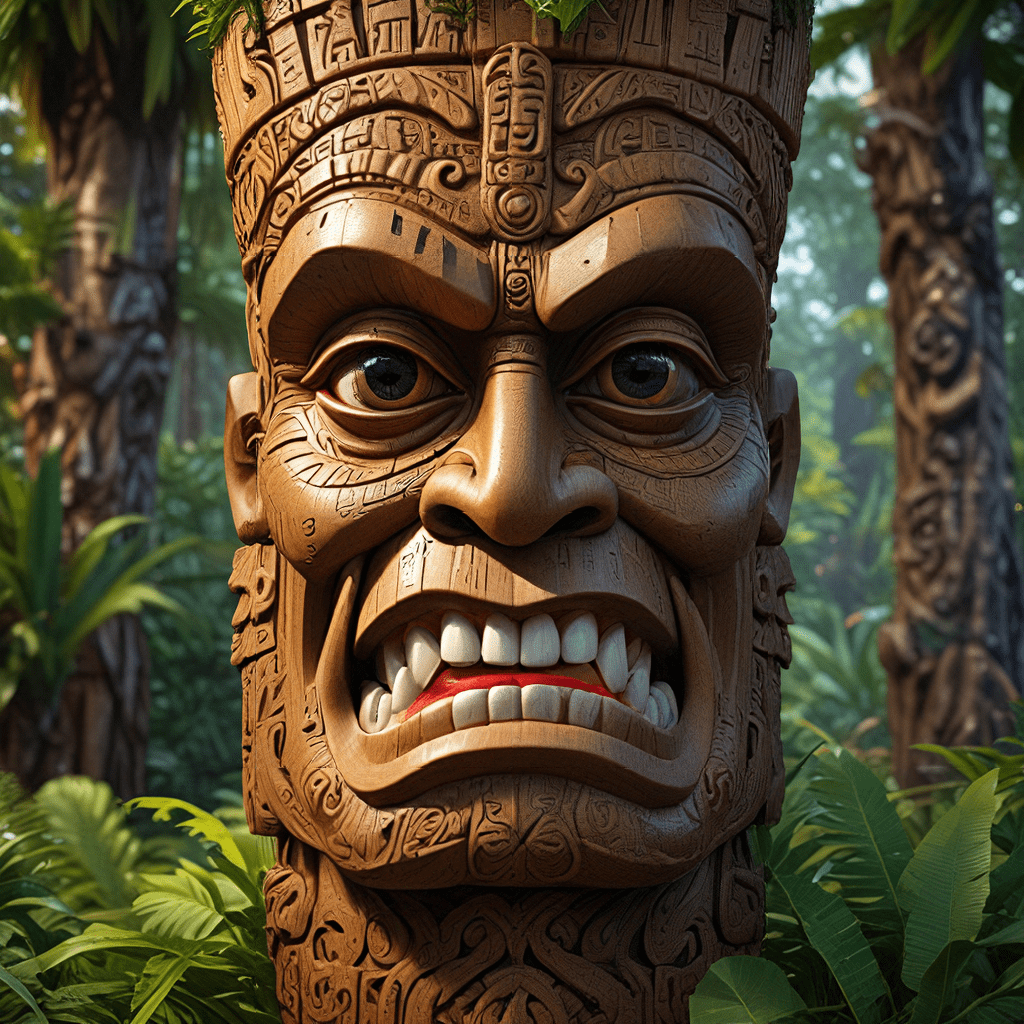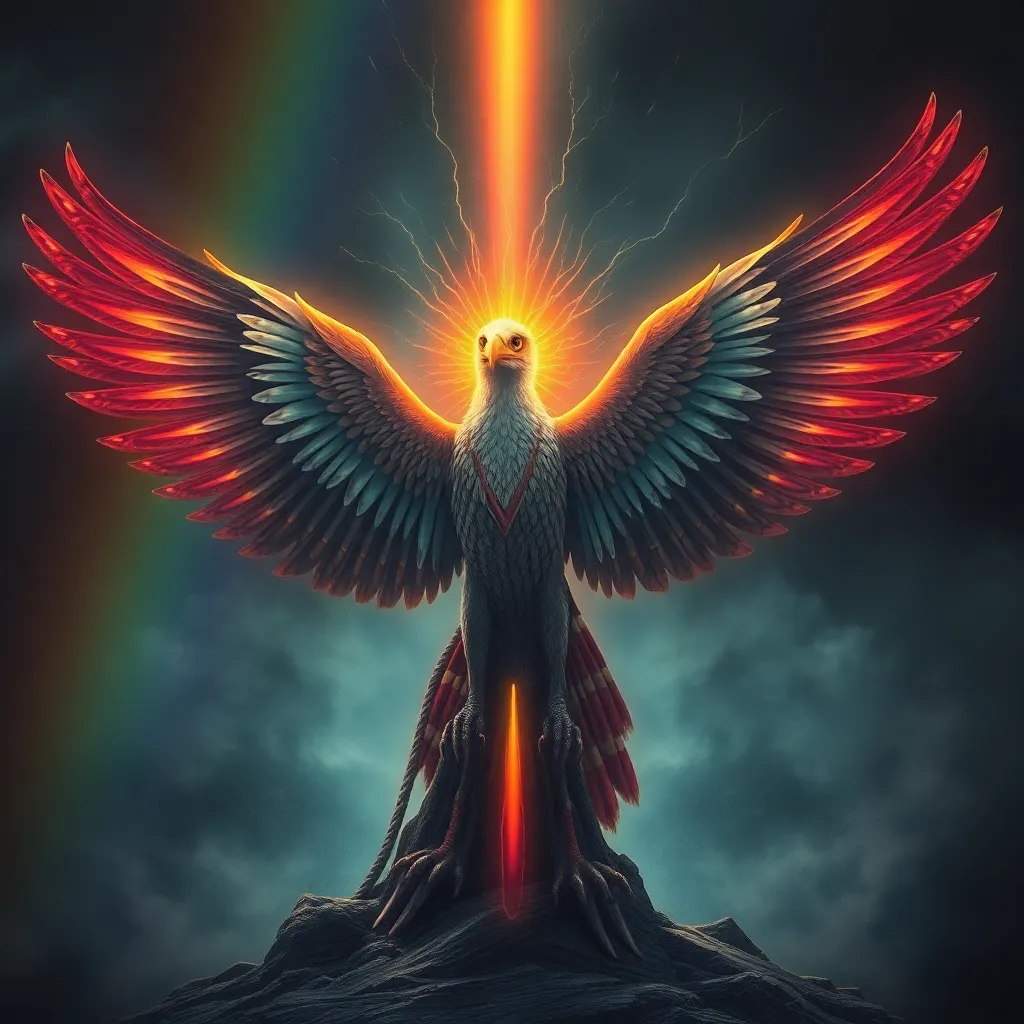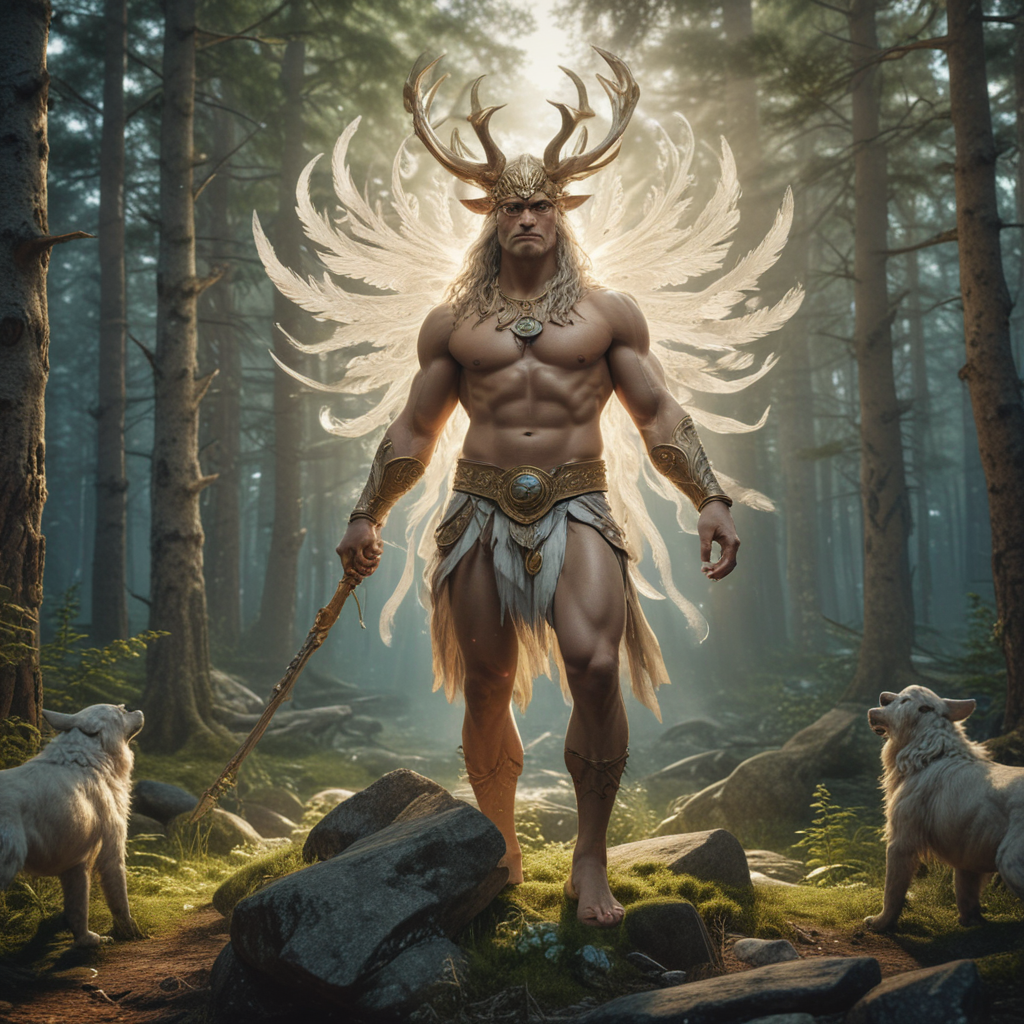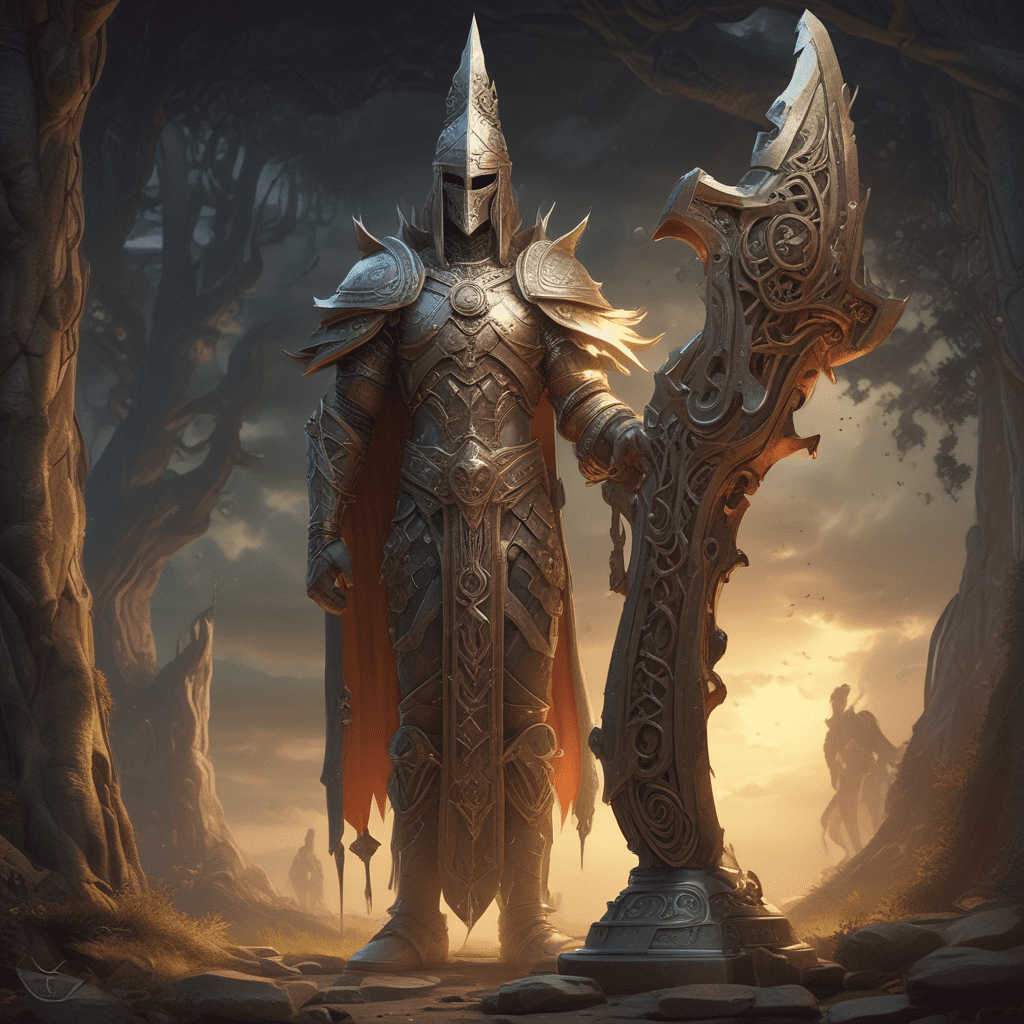Tiki: The Heart of Maori Culture and Mythology
Tiki is a central figure in Māori mythology and culture, representing the very essence of creation, life, and ancestral lineage. From ancient myths to contemporary art, Tiki's presence is felt throughout the rich tapestry of Māori heritage.
Tiki: The First Human Being
In Māori mythology, Tiki is believed to be the very first human being. The story of his creation is deeply intertwined with the origins of the world itself. According to legend, the god Tāne, creator of forests and birds, formed Tiki from the red earth of the land. Tāne breathed life into Tiki, making him the first human to walk the earth. Tiki's creation marks the beginning of the human race and the connection between humanity and the natural world.
The Creation Myth and Tiki’s Role
The creation myth of Tiki is a powerful story that explains the origins of life and the interconnectedness of all things. Tiki’s creation from the earth signifies the connection between humanity and the natural world. He is seen as a symbol of the life force that animates all things. His existence is a testament to the creative power of the gods and the inherent connection between the divine and the human.
Tiki as a Symbol of Life and Ancestry
Tiki's status as the first human makes him a powerful symbol of life, ancestry, and the continuation of the human lineage. The story of his creation is passed down through generations, reminding Māori of their shared history and their connection to the ancient world. Every Māori person can trace their ancestry back to Tiki, making him a unifying figure that connects all members of the tribe.
Tiki: Guardians and Protectors
In Māori culture, Tiki figures are often used as guardians and protectors. Their presence is believed to bring good luck, ward off evil spirits, and protect people from harm. Tiki figures are often carved from wood or stone and placed in strategic locations, such as doorways, homes, and marae (meeting places). They are a constant reminder of the ancestral lineage and the protective power that is associated with them.
Significance of Tiki in Māori Art and Carvings
Tiki figures are prominently featured in Māori art and carvings, showcasing their importance in the cultural identity of the people. These carvings are not just decorative but carry profound meaning and symbolism. Māori artists meticulously craft Tiki figures from wood, bone, or stone, each detail imbued with ancestral knowledge. The intricate designs, including the prominent eyes, nose, and mouth, represent the life force and the connection to ancestors.
The artistry of Māori carvings extends beyond the aesthetic. Each element in a Tiki carving, whether it’s the shape of the nose, the position of the hands, or the patterns on the body, carries a specific meaning. These carvings are a visual language that conveys stories, beliefs, and cultural values through generations.
The Connection Between Tiki and Tapu (Sacredness)
The concept of "tapu" is central to Māori culture, representing the sacredness of certain objects, places, and individuals. Tiki figures are deeply connected to tapu, imbued with a spiritual energy that demands respect and reverence. Their presence creates a sense of sacredness in spaces and imparts a sense of protection and connection to the ancestral realm.
The tapu associated with Tiki figures emphasizes their importance as guardians and protectors. They are seen as intermediaries between the human world and the spiritual realm, holding the power to ward off negative energy and ensure the wellbeing of the community.
Tiki as a Representation of Power and Authority
In Māori society, leadership and authority are closely tied to ancestry and the lineage that connects people to Tiki. Tiki figures are often placed in places of power, such as marae and meeting houses, signifying the authority and leadership of those who occupy those spaces. They serve as visual reminders of the history, traditions, and values that govern the community.
The power associated with Tiki is not merely a physical force but a spiritual energy rooted in the ancestral lineage. Leaders are expected to embody the wisdom and strength of their ancestors, represented by the Tiki figures, as they guide and protect their people.
The Evolution of Tiki in Contemporary Māori Culture
The significance of Tiki continues to resonate in contemporary Māori culture, where it remains a powerful symbol of identity and pride. While traditional carvings are still highly valued, contemporary Māori artists are reinterpreting Tiki figures in their art, incorporating modern materials and styles.
This evolution of Tiki reflects the dynamic nature of Māori culture, which embraces tradition while adapting to new contexts. Contemporary Tiki figures often incorporate elements of modern life, such as urban landscapes or technological advancements, while still retaining the core symbolism of life, ancestry, and protection.
Tiki: A Symbol of Resistance and Identity
In the face of colonialism and cultural assimilation, Tiki emerged as a powerful symbol of resistance and cultural identity. As a representation of the ancient knowledge and traditions of the Māori people, Tiki became a rallying point for those seeking to preserve their heritage.
The resurgence of Tiki in contemporary Māori culture is a testament to the enduring power of this ancient symbol. It reminds the world of the resilience and adaptability of the Māori people and serves as a reminder of the importance of preserving cultural heritage for future generations.
Theories About the Origin of Tiki
While the creation myth of Tiki is widely accepted among Māori, there are also theories about the origin of this figure. Some scholars suggest that Tiki was inspired by ancient Polynesian ancestors, while others believe that the concept of a primal ancestor is a universal archetype found in many cultures around the world.
Regardless of its origins, the significance of Tiki in Māori culture is undeniable. He remains a powerful symbol of life, ancestry, and cultural identity, connecting past, present, and future generations of Māori people.
Frequently Asked Questions
What is the significance of Tiki in Māori culture?
Tiki is a central figure in Māori mythology and culture, representing the very essence of creation, life, and ancestral lineage. He is believed to be the first human being, serving as a powerful symbol of life, ancestry, and the continuation of the human lineage. His presence is seen in art, carvings, and ceremonies, reminding Māori of their shared history and connection to their ancestors.
What are some of the ways Tiki is used in Māori culture?
Tiki figures are often carved from wood or stone and placed in strategic locations, such as doorways, homes, and marae (meeting places). They are believed to bring good luck, ward off evil spirits, and protect people from harm. They are also used in ceremonies and rituals to connect with the ancestral realm and seek guidance from the spirits.
What is the connection between Tiki and tapu?
"Tapu" is a key concept in Māori culture, representing the sacredness of certain objects, places, and individuals. Tiki figures are deeply connected to tapu, imbued with a spiritual energy that demands respect and reverence. Their presence creates a sense of sacredness in spaces and imparts a sense of protection and connection to the ancestral realm.
How has Tiki evolved in contemporary Māori culture?
While traditional carvings continue to be highly valued, contemporary Māori artists are reinterpreting Tiki figures in their art, incorporating modern materials and styles. This evolution of Tiki reflects the dynamic nature of Māori culture, which embraces tradition while adapting to new contexts.
What is the significance of Tiki for Māori identity?
Tiki has emerged as a powerful symbol of resistance and cultural identity for Māori. In the face of colonialism and cultural assimilation, he became a rallying point for those seeking to preserve their heritage. The resurgence of Tiki in contemporary Māori culture serves as a reminder of the resilience and adaptability of the Māori people.



